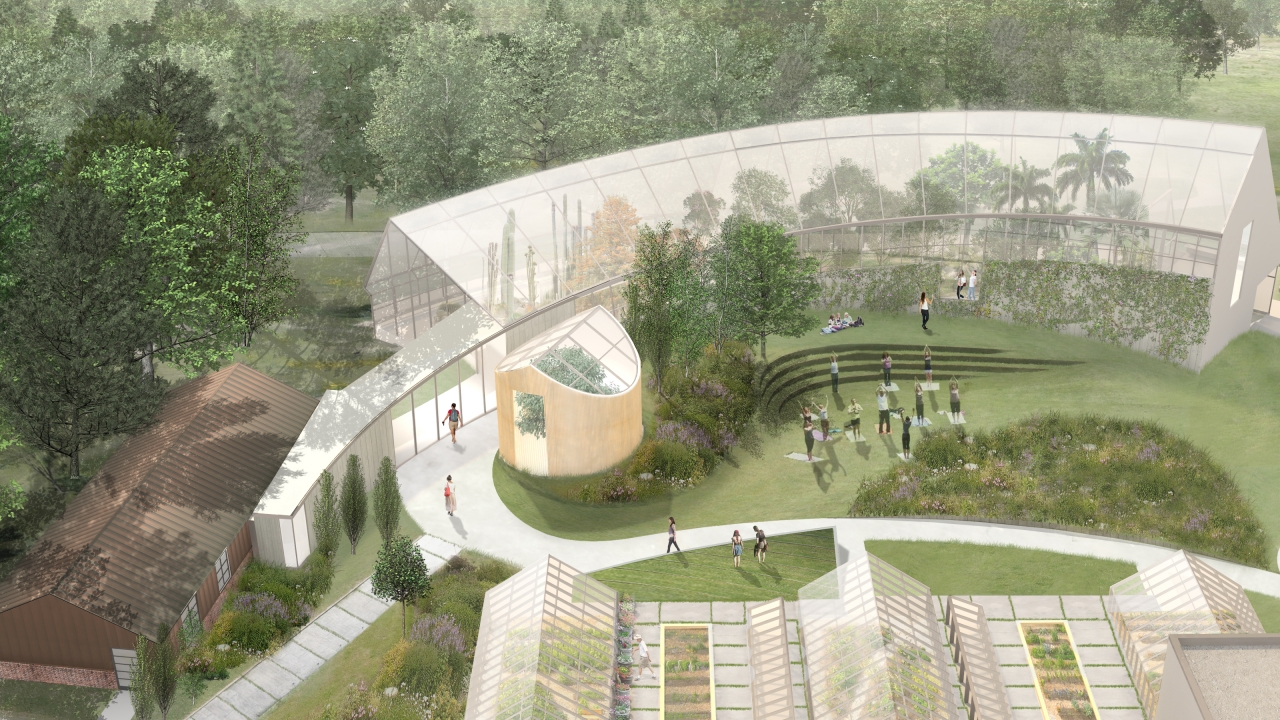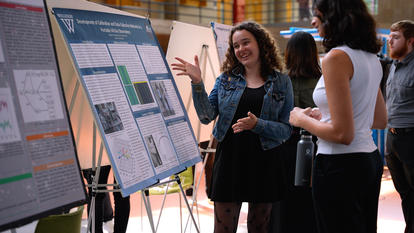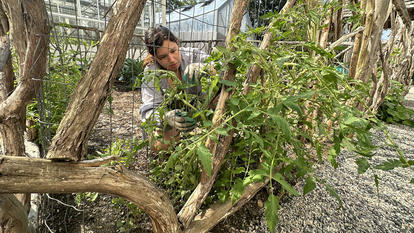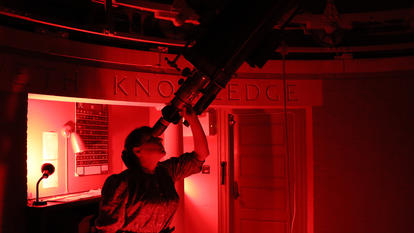Wellesley’s New Global Flora Greenhouse Wins International Sustainable Design Award

Wellesley’s Global Flora greenhouse project, currently under construction, won bronze in the LafargeHolcim Design Awards competition, which had more than 5,000 entrants. The awards recognize innovative projects and future-oriented concepts and is the most significant international competition for sustainable design.
“We are thrilled that Wellesley College is being recognized by this award for leadership and innovation in sustainability,” said Kristina Jones, director of the Wellesley College Botanic Gardens. “Global Flora builds on the rich history of botanical education and research at Wellesley College established in the 1920s by Dr. Margaret Ferguson, who advocated for the botanic gardens and greenhouses as an interdisciplinary center for the College’s intellectual life. The new space will be an amazing platform for student engagement with nature and with the systems thinking that underpins progress in sustainability.”
Designed by the Boston architecture firm of Kennedy & Violich Architecture, Ltd. in collaboration with an interdisciplinary team at Wellesley, Global Flora integrates a curved building—that follows the east-to-west path of the sun—into the “Science Hill” configuration on campus, which will encompass the large Science Center renovation project and the existing Whitin Observatory.
Global Flora will feature a series of indoor landscapes arranged in wet and dry biomes replicating the physical conditions—soil components, temperature, light, and humidity—that sustain diverse plants in their natural habitats.
The design includes sustainable systems to meet the Net Zero Water and Net Zero Energy criteria of the Living Building Challenge, the most rigorous contemporary standard for measuring sustainable design, said Jones. It will use passive solar heat gain and an irrigation system that will capture, store, and reuse rainwater. Solar heat will be captured and slowly released by an interior wall of thermal mass on the north side.
One prominent feature of Global Flora is a small pavilion that will house the historic Durant camellia tree, which stands 10 feet high and is the only one remaining of four camellias cultivated and donated by Wellesley founders Henry and Pauline Durant in the 1870s.



